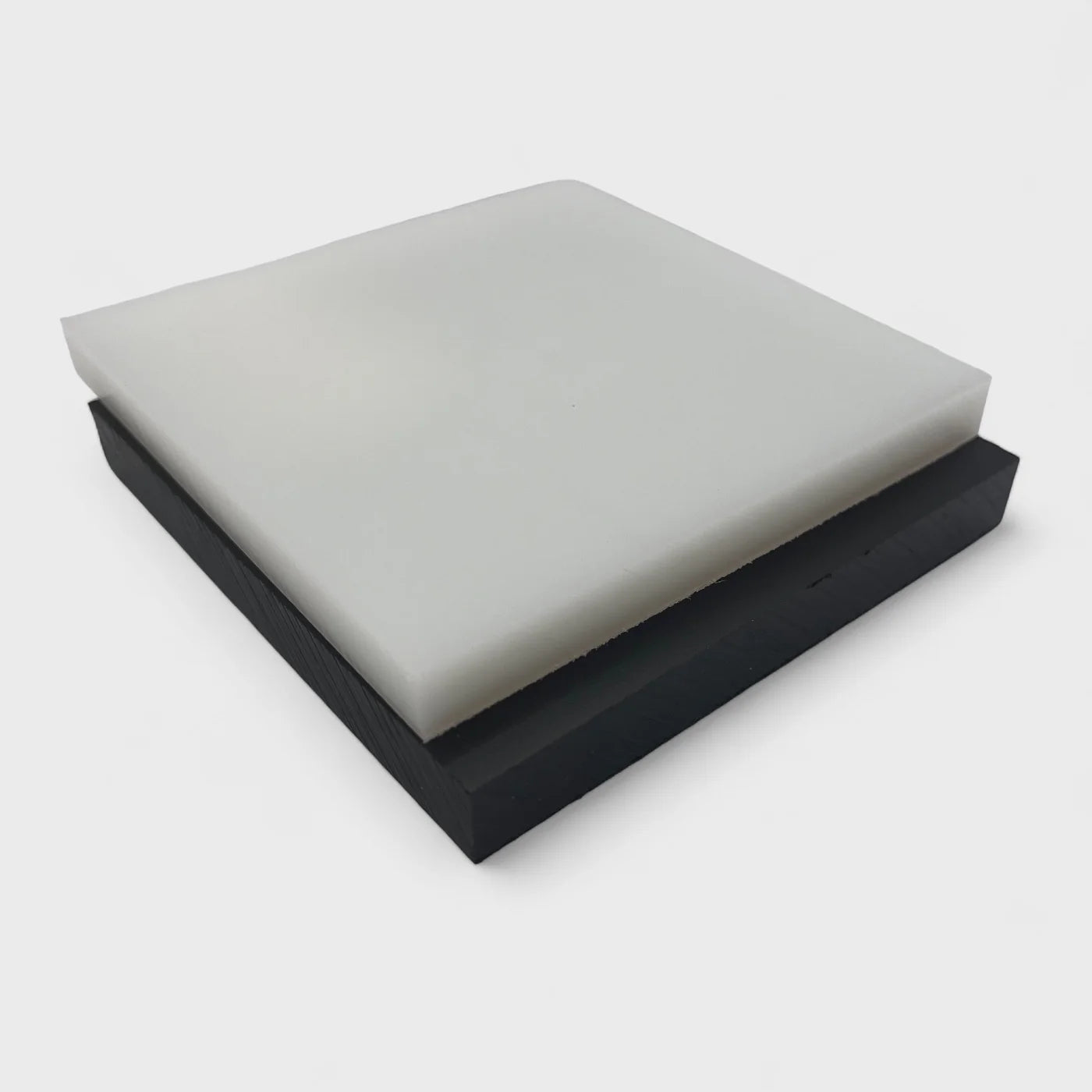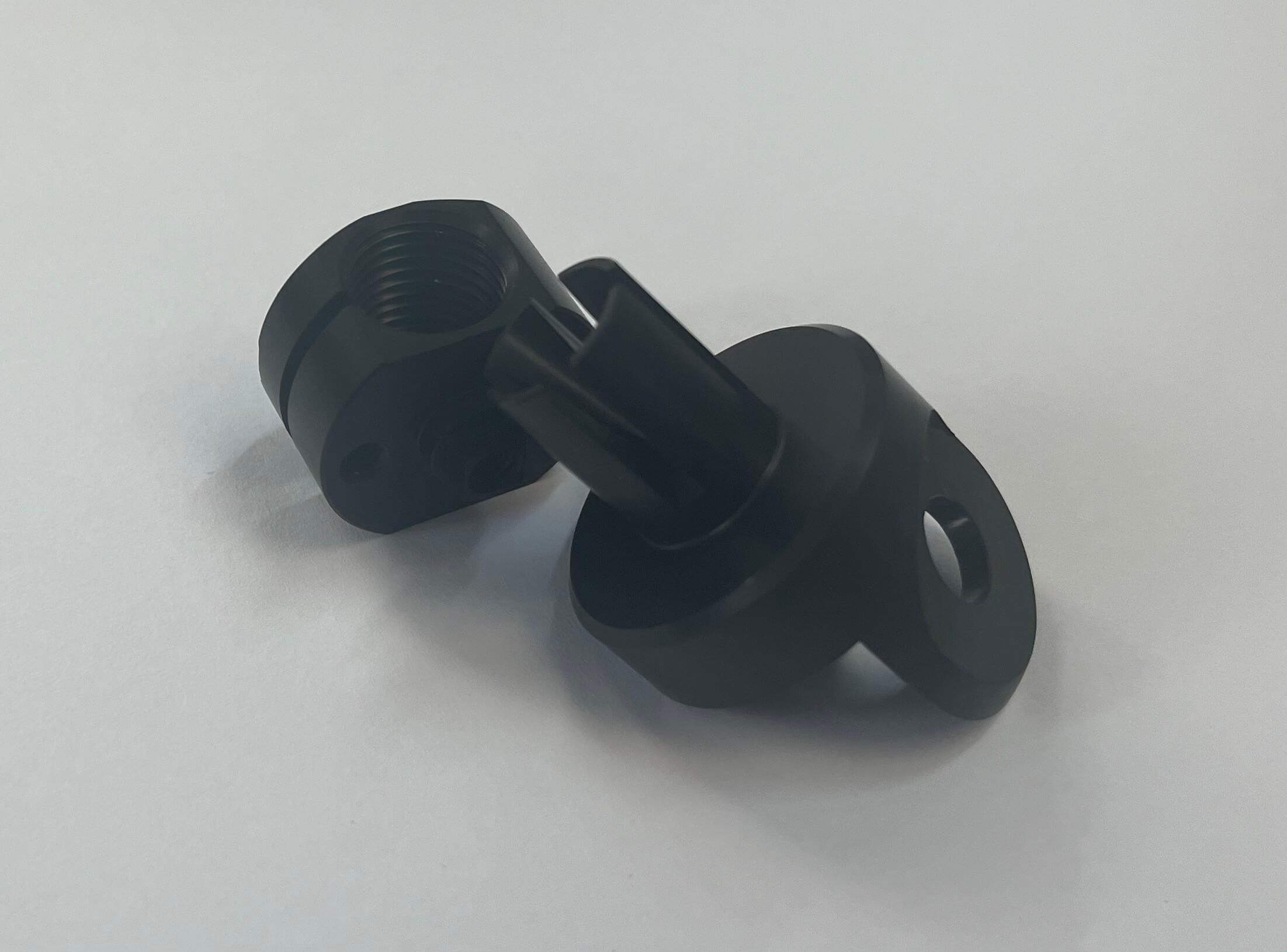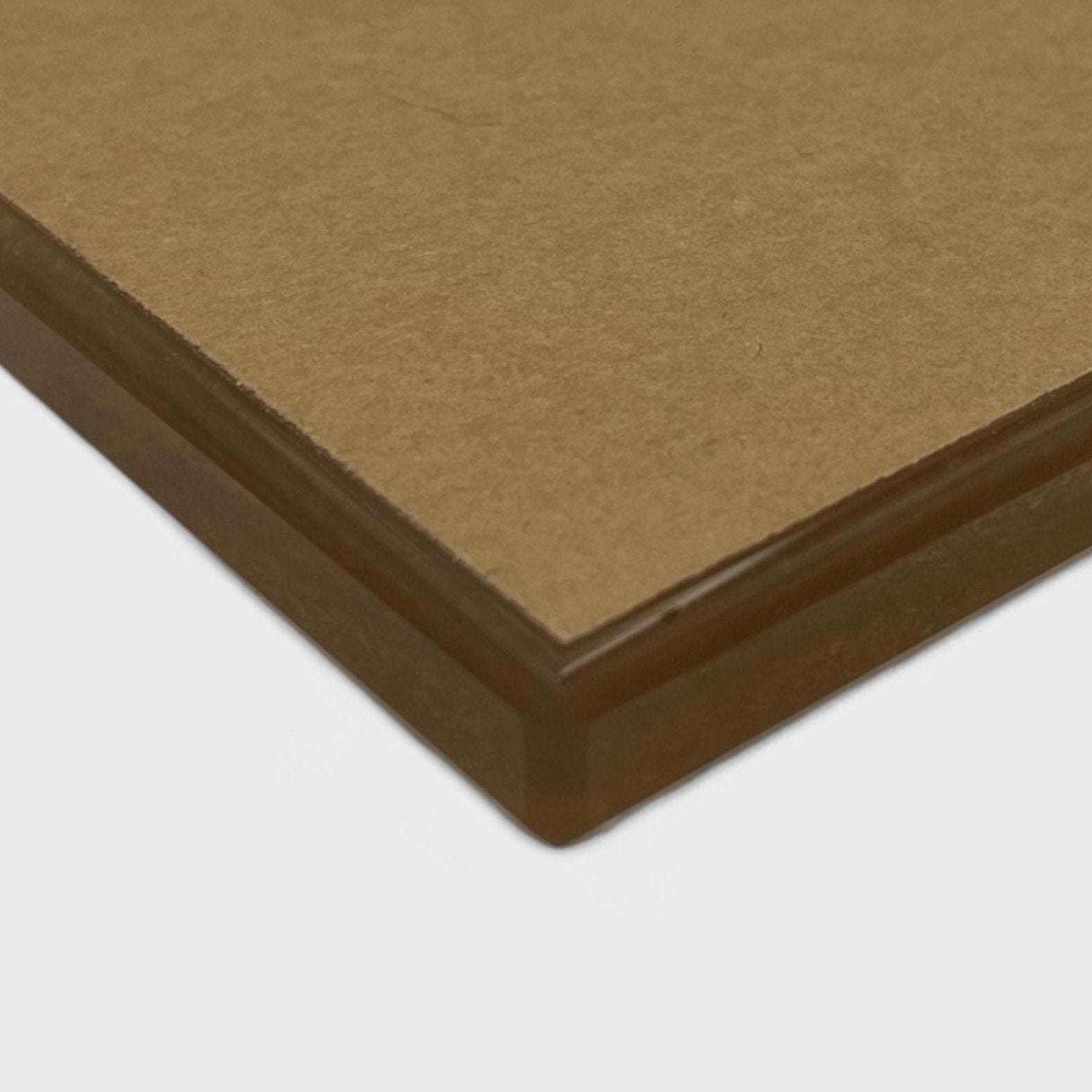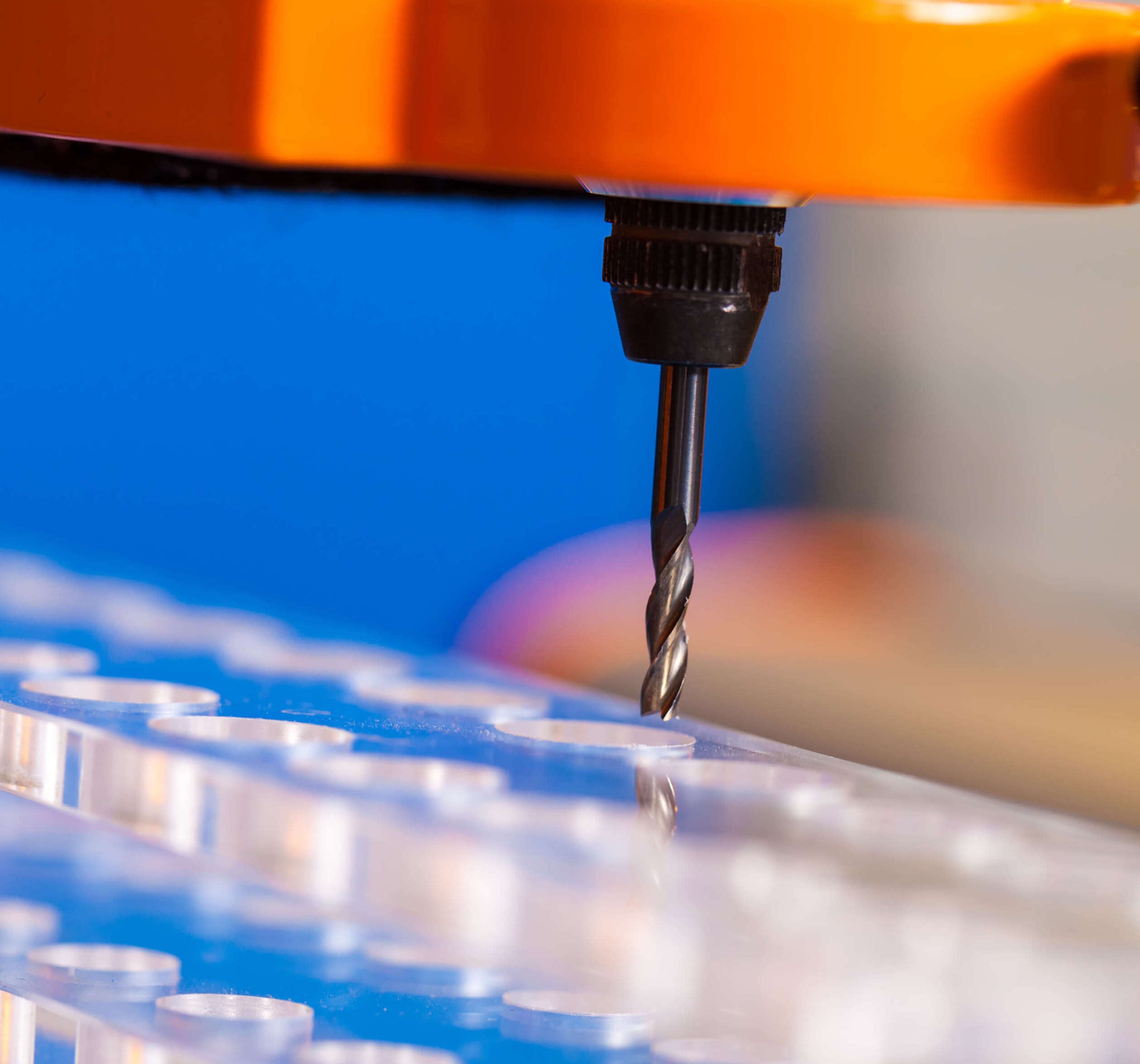Polyethylene (PE) is one of the most widely used plastics globally due to its versatility, durability, and cost-effectiveness. It is available in several grades tailored for specific applications, notably PE500 and PE1000, which are both types of High-Density Polyethylene (HDPE). This article compares PE500 and PE1000, focusing on their properties, applications, and respective advantages and disadvantages.
What is Polyethylene?
Polyethylene is a thermoplastic polymer made from ethylene monomers, categorised by density and molecular weight, which affect its mechanical properties. The primary types include Low-Density Polyethylene (LDPE), High-Density Polyethylene (HDPE), and Ultra-High-Molecular-Weight Polyethylene (UHMWPE). The grades PE500 and PE1000 differ mainly in their molecular weights.
Key Differences Between PE500 and PE1000
Molecular Weight: PE500 is Medium Molecular Weight Polyethylene (MMWPE), while PE1000 is Ultra-High Molecular Weight Polyethylene (UHMWPE).
Density: PE500 has a density around 0.95 g/cm³, whereas PE1000 ranges from 0.93 to 0.95 g/cm³.
Resistance Properties: PE1000 exhibits superior abrasion, impact, and wear resistance compared to PE500, along with a lower friction coefficient, making it self-lubricating.
Temperature Range: PE500 operates effectively from -100°C to +80°C, while PE1000 can function from -200°C to +80°C.
Applications: PE500 is used in cutting boards, conveyor parts, and guides, while PE1000 is preferred for high-wear applications such as chute liners and impact surfaces.
Cost: PE500 is generally less expensive than PE1000.
PE500: Medium Molecular Weight Polyethylene
PE500 is known for its good chemical resistance, toughness, and low moisture absorption. Its decent abrasion and impact resistance make it suitable for various applications where cost-efficiency is essential. It performs effectively in temperatures ranging from -100°C to +80°C and is commonly used in cutting boards, conveyor parts, and low-load bearing components.
PE1000: Ultra-High Molecular Weight Polyethylene
PE1000 is recognised for its exceptional performance in high-wear applications. With its ultra-high molecular weight, it offers outstanding impact strength and wear resistance, coupled with a very low friction coefficient that reduces wear in moving parts. It is suitable for operating in temperatures from -200°C to +80°C and is often utilised in conveyor systems, impact surfaces, and marine applications.
Advantages and Disadvantages of PE500 and PE1000
- PE500: The advantages of PE500 include Cost-effective, good impact resistance, versatile. The disadvantages include moderate wear resistance and higher friction compared to PE1000.
- PE1000: The advantages of PE1000 include superior wear resistance, very low friction, self-lubricating. The disadvantages include higher cost and more challenging to machine.
Choosing Between PE500 and PE1000
Both PE500 and PE1000 offer excellent properties that cater to different industrial needs. While PE500 is a great choice for cost-effective applications that require decent wear resistance and good impact properties,
PE1000 is unmatched for high-performance requirements where low friction, high impact strength, and superior wear resistance are critical. Understanding these differences can help in selecting the right material for specific applications, optimising both performance and cost-efficiency.





Leave a comment
This site is protected by hCaptcha and the hCaptcha Privacy Policy and Terms of Service apply.